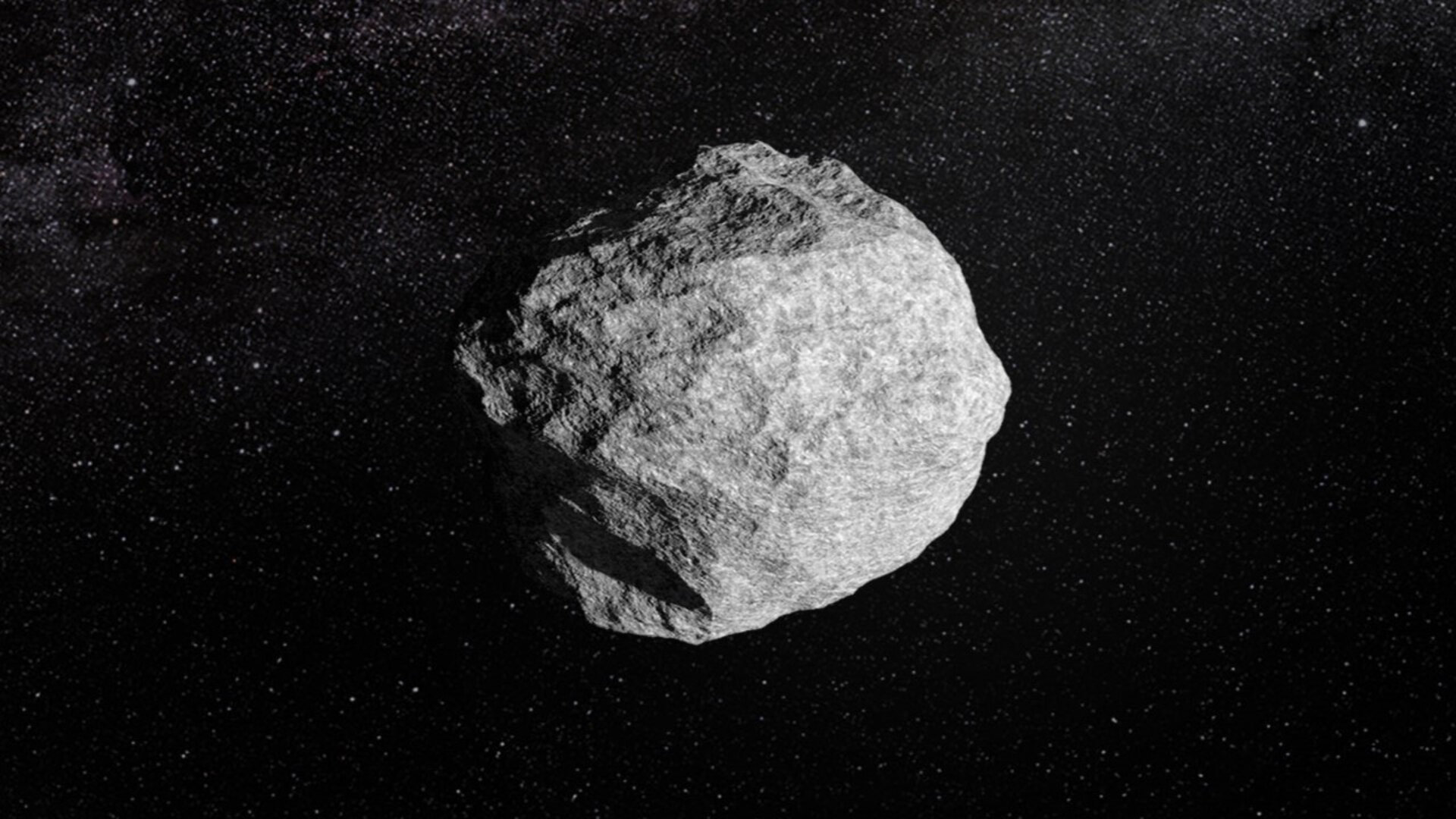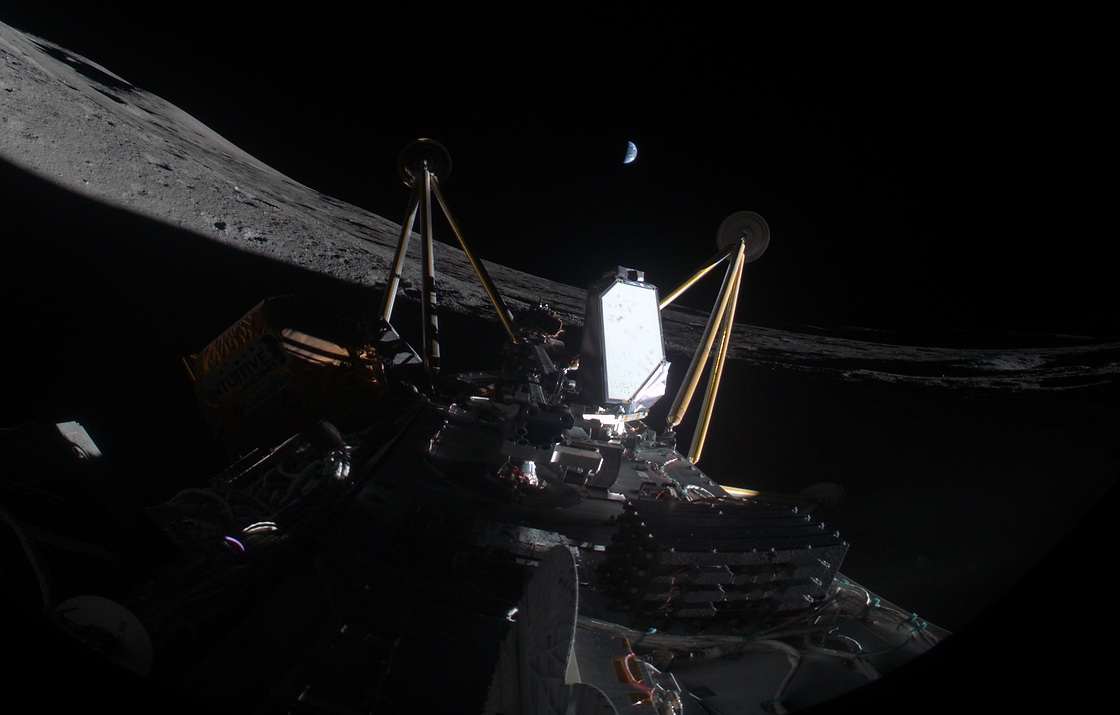By Mark Thompson
March 11, 2025

The U.S. Space Force's X-37B spaceplane (which looks remarkably like a space shuttle that someone forgot to put the windows in!) completed its seventh mission this week, touching down at Vandenberg Space Force Base after 434 days in orbit. Although the mission is classified, Space Force officials, said that it followed a highly elliptical orbital path while conducting various tests and experiments. They also described the mission as operating "across orbital regimes,” whatever that means…is classified!
Continue reading
By Mark Thompson
March 11, 2025

Astronomers know the Flame Nebula well—a stellar nursery around 1,400 light years away. It’s less than a million years old and is teeming with brown dwarfs, objects that never quite accumulated enough mass to begin fusing elements in their core. When comparing the James Webb Space Telescope’s (JWST) infrared observations with Hubble's visible light images of the Flame Nebula, the difference is, ahem - astronomical! The infrared wavelengths penetrate the obscuring gas and dust, revealing clusters where young stars and brown dwarfs are taking shape.
Continue reading
By Mark Thompson
March 10, 2025

Firefly Aerospace's Blue Ghost Mission has successfully touched down on the lunar surface and is now undertaking various experiments. Two of these experiments have been captured on video; the first is the LISTER drill, capable of penetrating the lunar regolith to depths of up to 3 meters. It will provide scientists with data to measure the Moon's cooling rate. Additionally, footage has been obtained of the PlanetVac experiment, which is evaluating regolith sample collection methods under the Moon's vacuum conditions.
Continue reading
By Matthew Williams
March 10, 2025

In a recent paper, Adam Hibberd and Marshall Eubanks explore the feasibility of sending a mission to rendezvous with YR4, the asteroid that may pose a hazard to Earth someday.
Continue reading
By Andy Tomaswick
March 10, 2025

Despite having recently officially ended its science operations in January, Gaia, one of the most prolific star explorers ever, is still providing new scientific insights. A recent paper pre-published on arXiv (which has not been peer-reviewed but was submitted to the Astrophysical Journal) took another look at some Gaia data to try to find a unique type of astronomical entity - white dwarf stars that are paired up in a binary with a main sequence one. By applying a machine learning technique called a "self-organizing map," they found 801 new white dwarf-main sequence (WDMS) binaries, increasing the total number ever found by over 20%.
Continue reading
By Andy Tomaswick
March 10, 2025

Ask almost any physicist what the most frustrating problem is in modern-day physics, and they will likely say the discrepancy between general relativity and quantum mechanics. That discrepancy has been a thorn in the side of the physics community for decades. While there has been some progress on potential theories that could rectify the two, there has been scant experimental evidence to support those theories. That is where a new NASA Institute for Advanced Concepts grantee comes in - Selim Shahriar from Northwestern University, Evanston, was recently funded to work on a concept called the Space-borne Ultra-Precise Measurement of the Equivalent Principle Signature of Quantum Gravity (SUPREME-GQ), which he hopes will help collect some accurate experimental data on the subject once and for all.
Continue reading
By Alan Boyle
March 8, 2025

Let’s face it: Space is a hostile environment for humans. Even on Mars, settlers might have a hard time coping with potentially lethal levels of radiation, scarce resources and reduced gravity. In “Mickey 17” — a new sci-fi movie from Bong Joon Ho, the South Korean filmmaker who made his mark with “Parasite” — an expendable space traveler named Mickey (Robert Pattinson) is exposed over and over again to deadly risks. And every time he’s killed, the lab’s 3D printer just churns out another copy of Mickey.
Continue reading
By Matthew Williams
March 7, 2025

The Athena lunar lander (IM-2) has been declared dead after it failed to stick the landing on the surface of the Moon. The second commercial lander launched by Texas-based aerospace company
Continue reading
By Matthew Williams
March 7, 2025

Rotating black holes are the most powerful phenomenon in the known Universe. Their powerful gravity radically alters the curvature of spacetime around them, leading to relativistic effects like time dilation, light distortion, and for matter and photons to infall around them,
Continue reading
By David Dickinson
March 7, 2025

After a long ‘eclipse drought,’ lunar totality once again spans the Americas
The end is in sight. If skies are clear, North and South America will witness a fine total lunar eclipse early Friday morning, March 14th. This is the first eclipse of 2025, and the first total lunar eclipse for the hemisphere since November 2022.
Continue reading

 Universe Today
Universe Today








